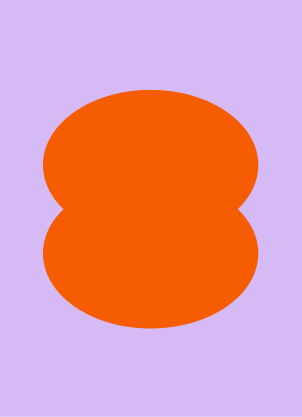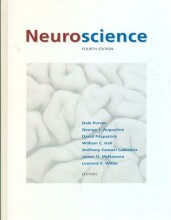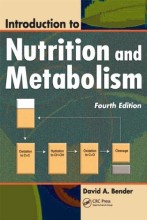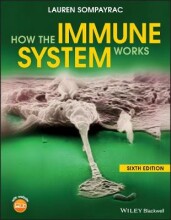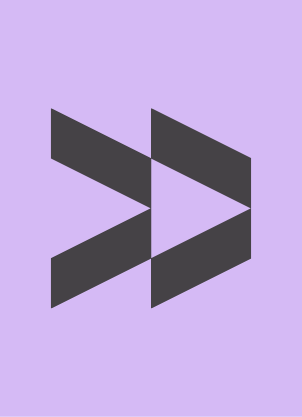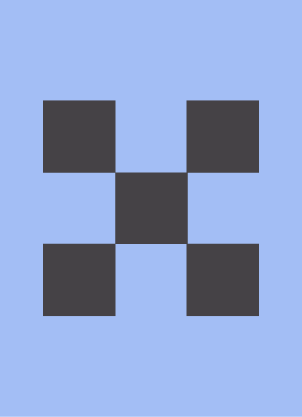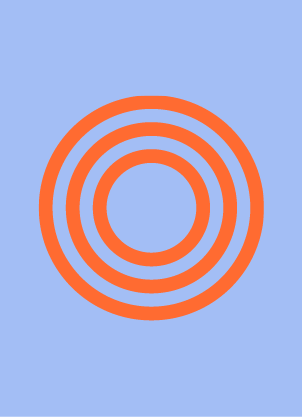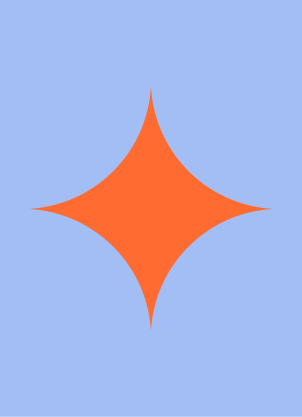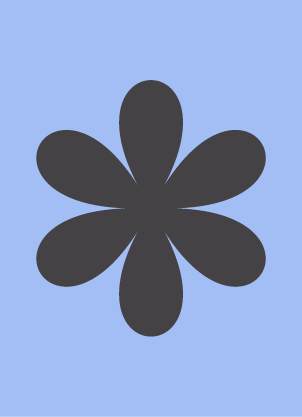Try our study magic for free
Summary: Nutritional Neurosciences
- This + 400k other summaries
- A unique study and practice tool
- Never study anything twice again
- Get the grades you hope for
- 100% sure, 100% understanding
Remember faster, study better. Scientifically proven.
a PDF, study it super fast
- No sign up, email or credit card needed!
- AI makes unlimited flashcards
- Get unlimited quizzes and tests
- Ask AI anything
Create a notebook
- No sign up, email or credit card needed!
- Have and keep perfect overview
- Make flashcards, notes and mind maps
- Review, test and score!
Read the summary and the most important questions on Nutritional Neurosciences
-
L1+L2
This is a preview. There are 41 more flashcards available for chapter 04/01/2021
Show more cards here -
Name the 8 blood vessels in the brain
- Common carotid
- External carotid
- Internal carotid
- Vertebral
- Basilar
- Posterior cerebral
- Middel cerebral
- Anterior cerebral
- Common carotid
-
Besides the 8 blood vessels in the brain you also have the circle of Willis, what is this?
It is a kind of roundabout. All the blood goes via this...? If there is a blockade somewhere the circle of willis can still provide blood to go to the region.
green part in the picture ...? -
The brain exists of three things
- Forebrain
- Brainstem
- Cerebellum
- Forebrain
-
What are the brain stem functions?
- Reward processing
- Processing gut signals
- Control of heart and breathing rate
(Motor control NIET) - Reward processing
-
What are the functions of the Cerebellum (small brain)
- Motor control:
classis - well established- Cognitive functions:
- Mounting evidence (=steeds meer
bewijs ) - Feeding control:
- Mounting evidence (=steeds meer
bewijs )
May link somatic and visceral systems. Under investigation.... -
One part of the forebrain is the cerebral cortex. The cerebral cortex is divided in:
Two hemispheres- 4-5 lobes
- Frontal lobe
- Parietal lobe
- Temporal lobe
- Occipital lobe
- Limbic 'lobe' / limbic system
- connected by the corpus callosum
-
Why is the white matter white?
Because of myelin
White inside, gay outside -
One part of the forebrain is diencephalon, in which two parts is diencephalon divided?
- Thalamus
- Hypothalamus
- Thalamus
-
What are the terms to navigate the brain?
- Medial: near the midline
- Middle
- Lateral: near the outer edge
- Dorsal = superior
- Ventral = interior
- Medial: near the midline
-
In what kind of ways is there brain nomenclature options
- Brodmann areas
- Anatomical label
- Anatomical location
- Functional name
- (Cytoarchitectonic name)
- Brodmann areas
Read the full summary
This summary +380.000 other summaries A unique study tool A rehearsal system for this summary Studycoaching with videos
- Higher grades + faster learning
- Never study anything twice
- 100% sure, 100% understanding
